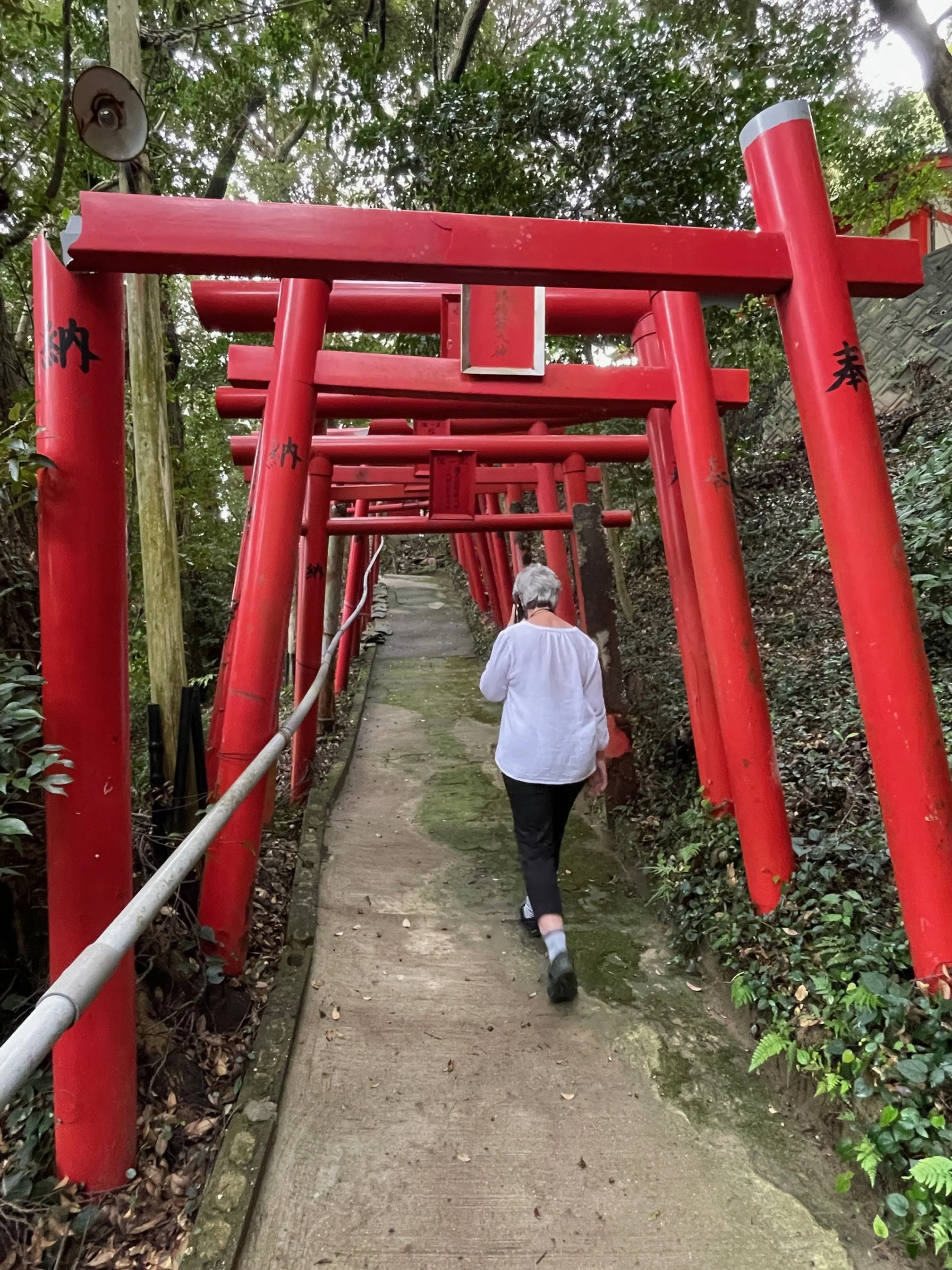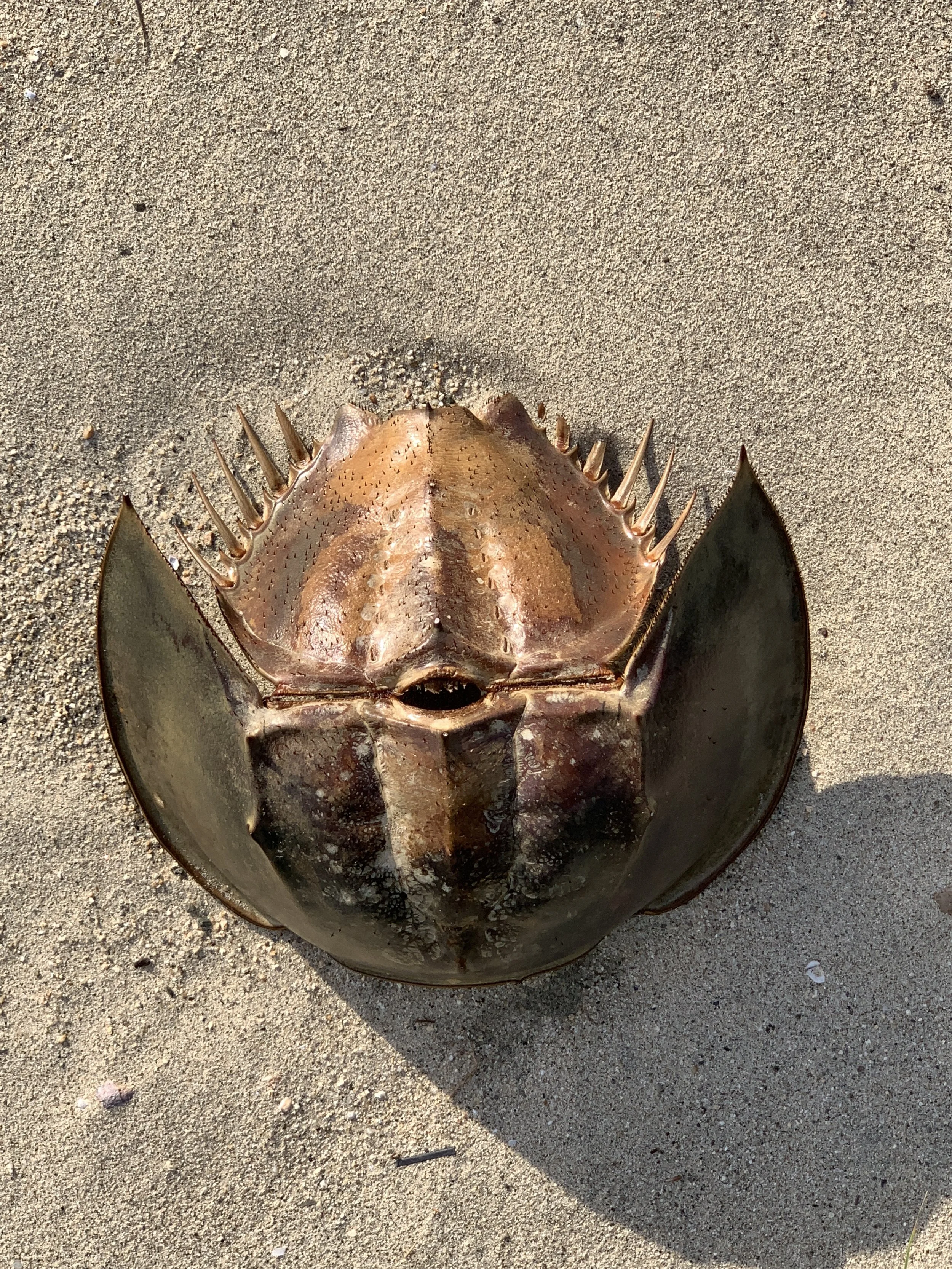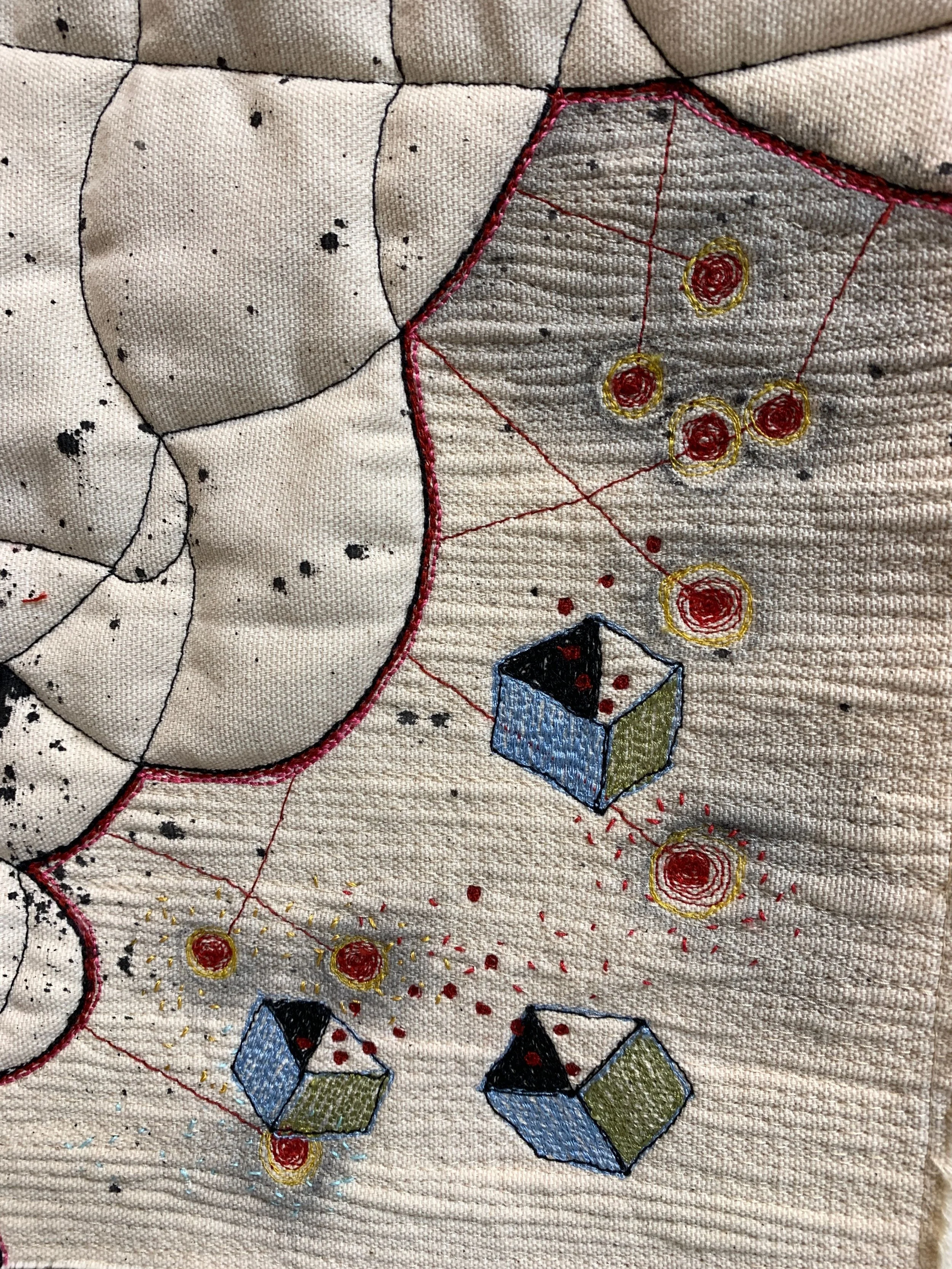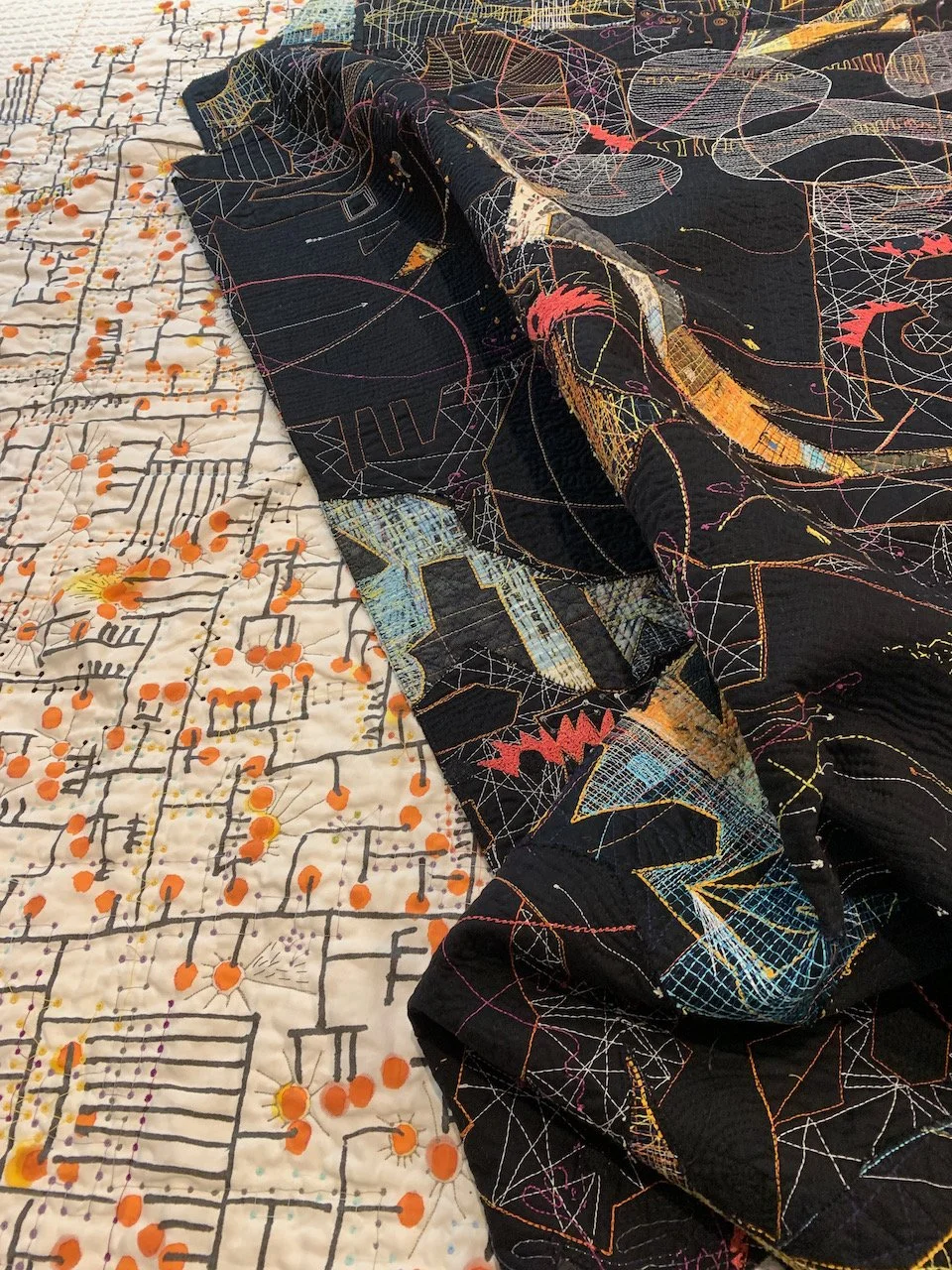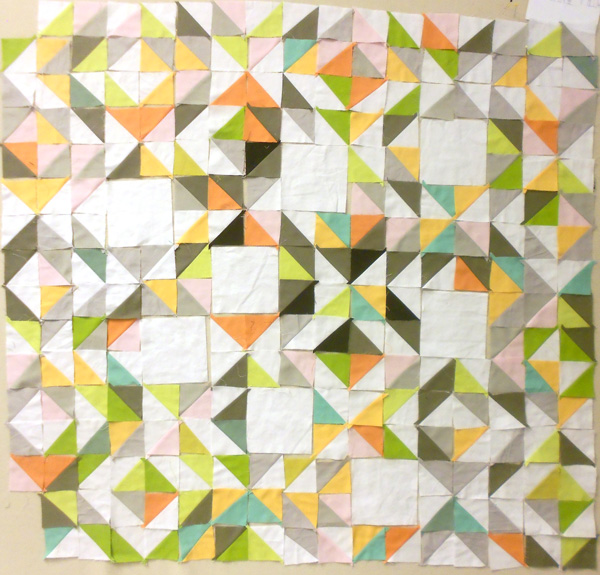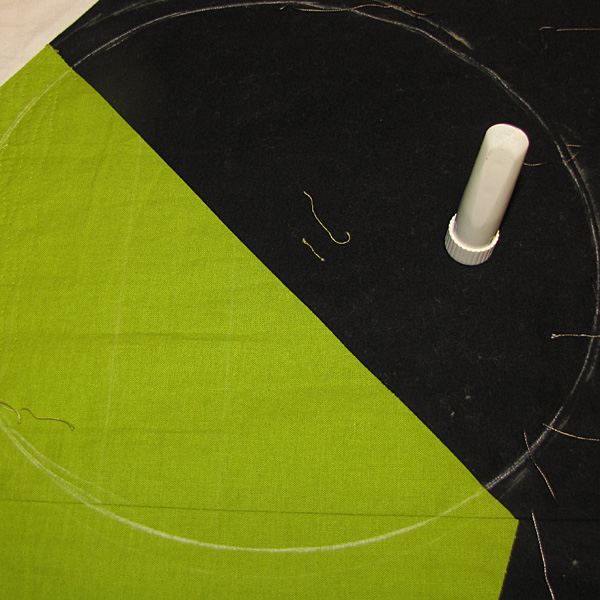The curators for the Design Museum Holon in Israel have mounted a grand exhibition devoted to Craft called GATHERING - From Domestic Craft to Contemporary Process.
Listen to this:
"We are an unstitched society suffering from a lasting socio-economic crisis that has made us ferociously protective and egocentric. It is time for mending and gathering, thus restoring the fabric of society: picking up the pieces and bringing them together in a patchwork of possibilities; a quilt of substance, able to absorb shock and fear." - Lidewij Edelkoort
If, in my efforts to create art, I can touch this nerve, this truth, I will have accomplished my goal.
Edelkoort explains the show’s context: “We are an unstitched society suffering from a lasting socio-economic crisis that has made us ferociously protective and egocentric. It is time for mending and gathering, thus restoring the fabric of society: picking up the pieces and bringing them together in a patchwork of possibilities; a quilt of substance, able to absorb shock and fear.
More Information:






